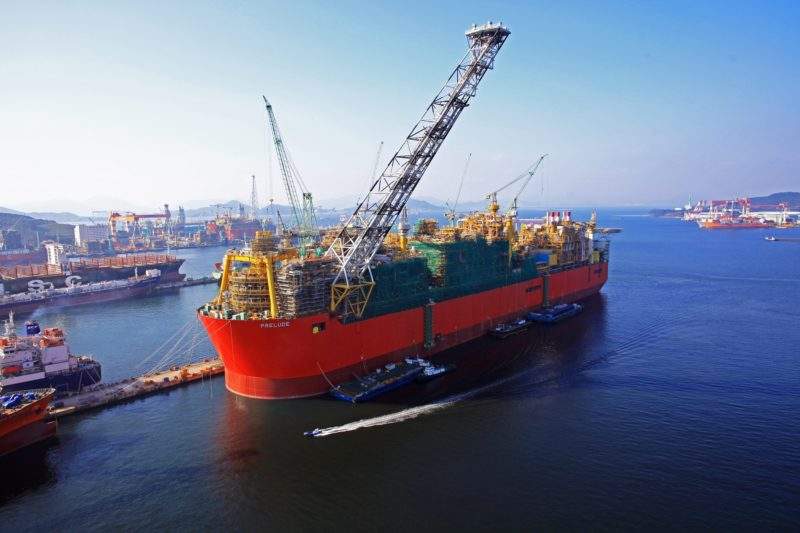
Shell and Inpex are set to deploy some of the largest vessels ever built to compete for natural gas reserves beneath the Browse Basin, situated off the north-west coast of Australia.
Shell’s Prelude is the ‘largest offshore floating facility ever built’, according to the company. It stands at 488m long and has a larger volume than six aircraft carriers combined. The floating liquefied natural gas facility will remain 201km from the Australian coast, and draw in 50 million litres of water from the ocean every hour to help cool the natural gas that is collected.
Shell estimates that the vessel alone could meet 117% of Hong Kong’s annual natural gas demand.
Inpex’s project, named Ichthys after the ancient Greek word for ‘fish’, includes four individual elements, a processing facility in the Australian coastal city of Darwin; a separate offshore central processing facility with includes living quarters for 200 people; a 336m-long production, storage and offloading vessel; and an 890km-long gas pipeline to connect the separate structures.
The project is estimated to cost $34bn and produce 8.9 million tonnes of liquefied nitrogen gas, and 1.6 million tonnes of liquefied petroleum gas, per year.
With natural gas preferred by many energy companies as the least environmentally harmful of the three largest energy sources—its consumption produces half as much carbon dioxide for every unit of energy generated compared to coal and oil—the two companies will have to compete for the limited resources in the Browse Basin.
“The way I describe it, I have a slide I present to clients and I have a picture of two people drinking out of the same milkshake,” Wood Mackenzie analyst Saul Kavonic told the BBC.
In 2016, natural gas accounted for 21% of the world’s energy production and, despite a 1.6% fall in use in 2016 compared to 2015, its consumption has increased in the US annually since 2005.



